Eukaryotic Cell – Characteristics and Cell Structure
Eukaryotic cell Definition
Eukaryotic cell is a cell that have a defined nucleus enclosed in a nuclear membrane and other membrane bound organelles.
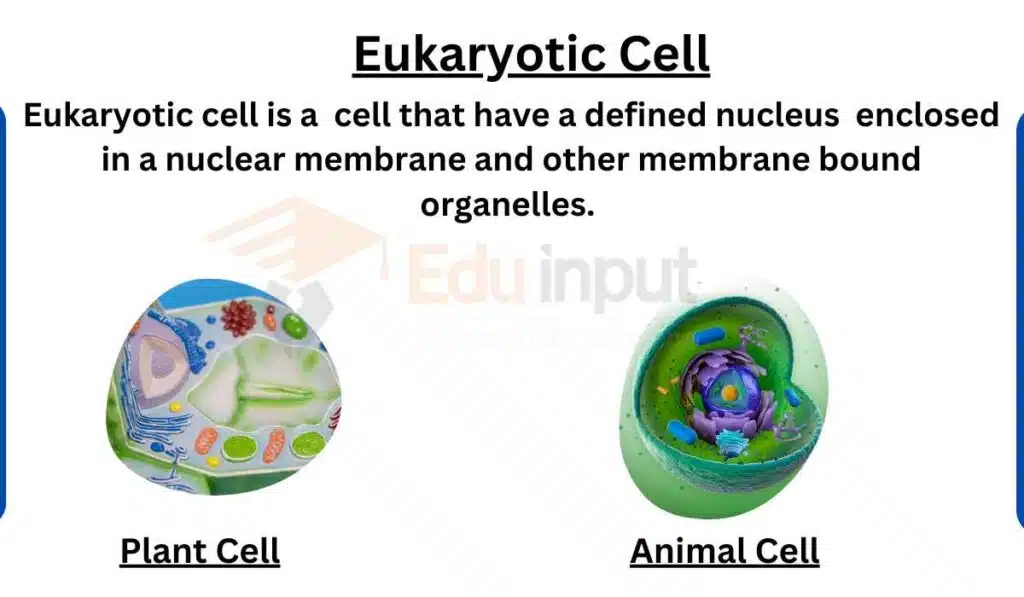
What is Eukaryotic cell?
Eukaryotic cells are more complex than prokaryotic cells, which lack a membrane-bound nucleus. It is found in plants, animals, fungi, and protists.
The main difference between prokaryotes and eukaryotes lies in their cell structure and organization.
The nucleus of an eukaryotic cell contains the cell’s DNA, which carries the genetic information needed for the cell to function.
The other organelles in an eukaryotic cell perform specialized tasks, such as energy production, protein synthesis, and waste disposal.
These organelles are surrounded by their own membranes, allowing for compartmentalization and efficient functioning.
Animal and plant cells are eukaryotic cells. These cells consist of well-defined subcellular organelles, enveloped by a plasma membrane.
Characteristics of Eukaryotic Cell
Eukaryotic cell have following features:
- Have a nucleus with a protective nuclear membrane.
- Contain mitochondria for energy production.
- Use flagella and cilia for movement.
- Some have a strong cell wall for support and protection.
- Have a DNA blueprint in the nucleus.
- Contain organelles with specific functions (like chloroplasts and mitochondria).
- Show complex organization.
- Have linear DNA.
- Divide through mitosis and meiosis for growth and reproduction.
- Form the building blocks of living things.
Eukaryotic Cell Diagram
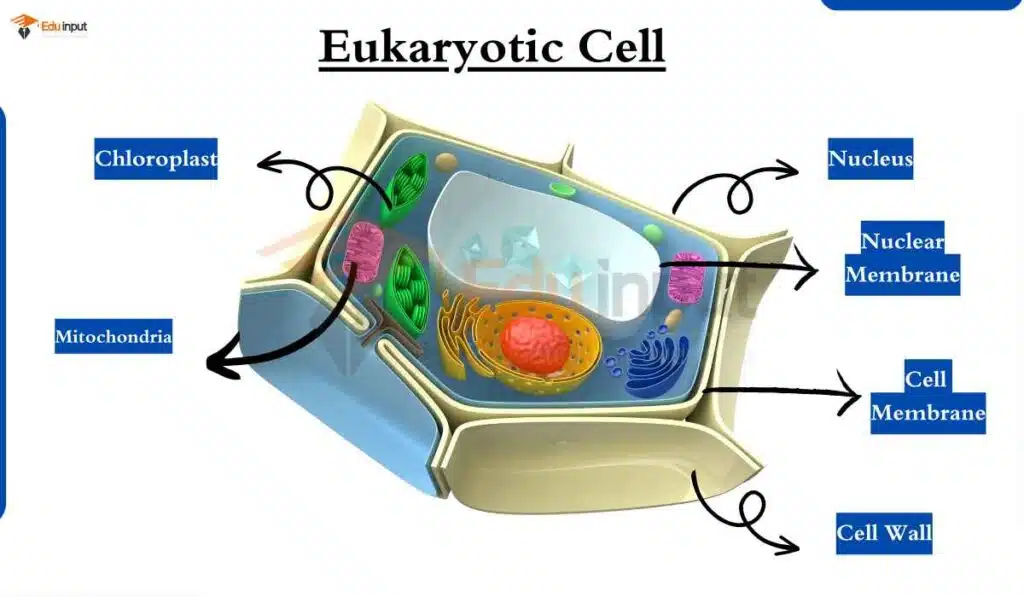
Structure of Eukaryotic Cell
Eukaryotic cell is a bit complex than a prokaryotic cell. It show complex organizations. It has following cellular organelles:
1. Cytoplasm
Cytoplasm is a gel-like substance that fills the cell and houses various organelles and cellular structures.
2. Cytosol
Cytosol is the fluid component of cytoplasm where cell metabolism occurs.
3. Nucleus
The nucleus is the control center of the cell, containing DNA and governing cell functions.
4. Endoplasmic Reticulum
The Endoplasmic Reticulum is a network of membranes involved in protein synthesis and lipid metabolism.
5. Golgi Apparatus
The Golgi Apparatus modifies, sorts, and packages proteins for transportation within or outside the cell.
6. Ribosomes
Ribosomes are cellular machines that synthesize proteins.
7. Chloroplasts
Chloroplasts are organelles in plant cells that perform photosynthesis, converting light energy into food.
8. Mesosomes
Mesosomes are foldings in the cell membrane that play a role in cellular respiration (found in some bacteria).
9. Lysosomes
Lysosomes contain enzymes for digesting waste materials and cellular debris.
10. Cytoskeleton
The Cytoskeleton is a network of protein filaments providing cell shape, support, and intracellular transport.
11. Centrioles
Centrioles are structures involved in cell division and the formation of the mitotic spindle.
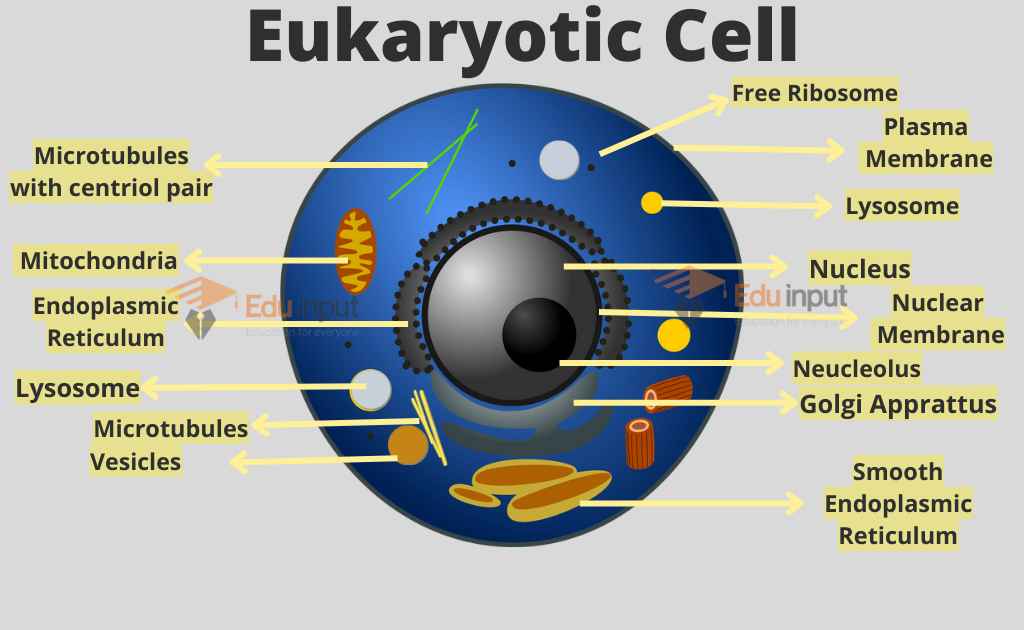
Eukaryotic Cell Cycle
Eukaryotic cell cycle is divided into four phases:
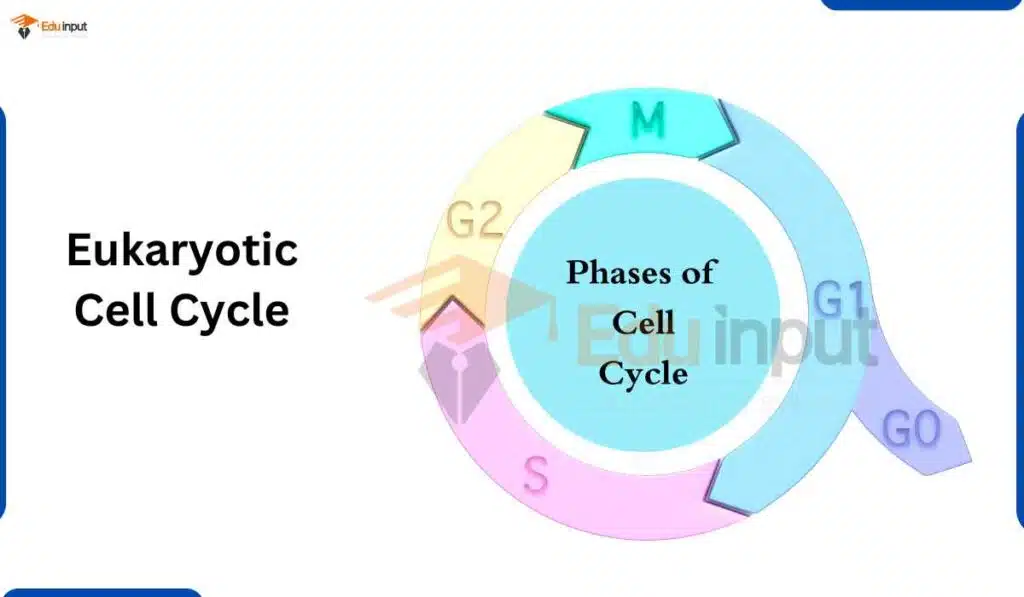
1. M Phase (Mitosis and Cytokinesis)
This is when the cell divides into two new cells, first by splitting the nucleus, and then by dividing the rest of the cell.
2. G1 Phase (Gap 1)
After the cell division, the cell takes a break and grows bigger, getting ready for the next steps.
3. S Phase (Synthesis)
Now the cell makes a copy of its DNA, like making a backup of important files.
4. G2 Phase (Gap 2)
The cell keeps growing and making things it needs before it can divide again.
Eukaryotes
Organisms that possess eukaryotic cell are called eukaryotes. All the multicellular organisms like fungi, plants, and animals are eukaryotic.
Reproduction in Eukaryotes
They reproduce through sexual and asexual reproduction. Gamete formation occurs through meiotic division. These gametes after fertilization form an embryo.
Cell organization of Eukaryotic Organisms
They show complex organization. They exhibit division of labor among different organs and organ systems. Here are some important function and their corresponding organ system which controls them.
• Digestion Being Controlled By Digestive System
• Transport & Movement Being Controlled By Skeletal System
• Circulation Being Controlled By Circulatory System
• Sense Perception Being Controlled By Nervous System
• Production Of Hormones
• Reproduction
Examples of Eukaryotes
Here are few eukaryotic cell examples:
1. Animals
Distinct from other eukaryotes, animals are multicellular, motile, and heterotrophic organisms with complex body structures and systems.
2. Plants
Photosynthetic eukaryotes with chlorophyll, having cell walls made of cellulose for structural support and capable of unlimited growth through meristematic tissues.
3. Fungi
Eukaryotes with cell walls made of chitin, heterotrophic in nature, and existing as multicellular or unicellular organisms. Examples include mushrooms, molds, and yeasts.
4. Protists
Single-celled eukaryotes, some forming filaments or colonies, with diverse locomotory organs such as pseudopods, cilia, and flagella. Protists include protozoa, algae, and slime molds.
Latest Research About Eukaryotic Cell
- Scientists have also utilized cryo-electron tomography (cryo-ET) to preserve cells close to their natural state and obtain high-resolution 3D images, enabling them to explore the molecular architecture of eukaryotic cells and gain unprecedented insights into biological processes and structures. [1]
- Scientists have studied a feedback-coupled GTPase circuit in eukaryotic cancer cells, enabling self-sustained growth factor secretion and autonomous cell survival through dose-response behavior. [2]
Frequently Asked Question-FAQs
What is a eukaryotic cell?
A eukaryotic cell is a type of cell that possesses a well-defined nucleus, nuclear envelope, and membrane-bound organelles. A eukaryotic cell shows complexity and higher internal organization.
What is the difference between prokaryotic and eukaryotic cell?
The main difference between prokaryotes and eukaryotes is the presence of a well-defined nucleus in eukaryotic cells, which is absent in prokaryotes.
What are the main features of the eukaryotic cells?
Here are the main features of prokaryotic cells;
Presence of Well defined nucleus
presence of nuclear membrane
Presence of membrane-bound organelles
Presence of highly organized organ systems
Which eukaryotic cell doesn’t contain a nucleus?
A mature Red blood cell does not have a nucleus, Which helps them to perform its function more effectively. This way they can carry maximum hemoglobin.
What are the 5 examples of eukaryotes?
Here are the most common examples of eukaryotes:
Animals
Plants
Fungi (mushrooms)
Insects
Humans

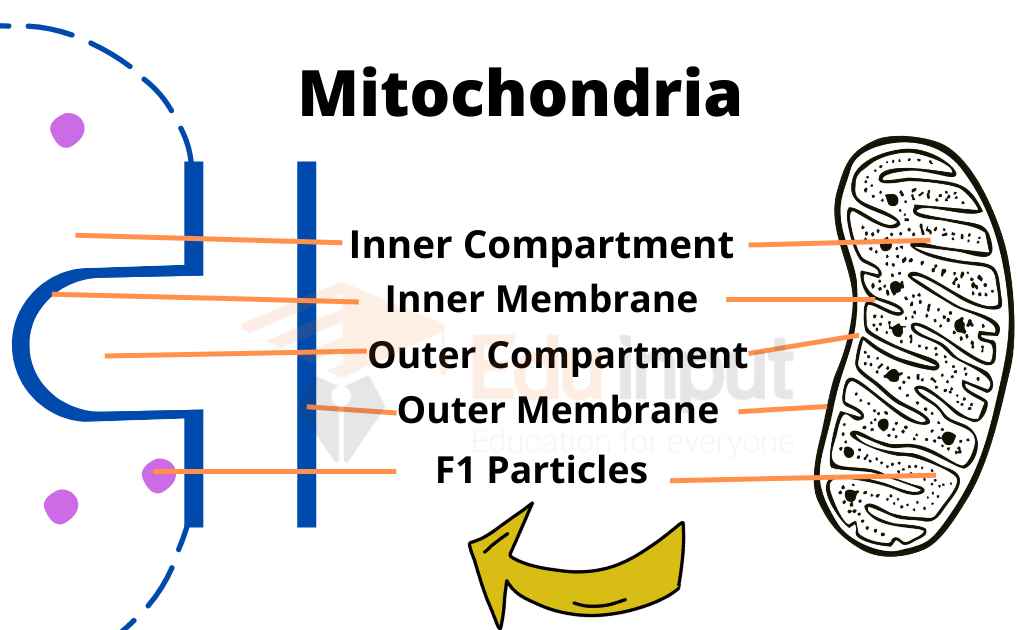
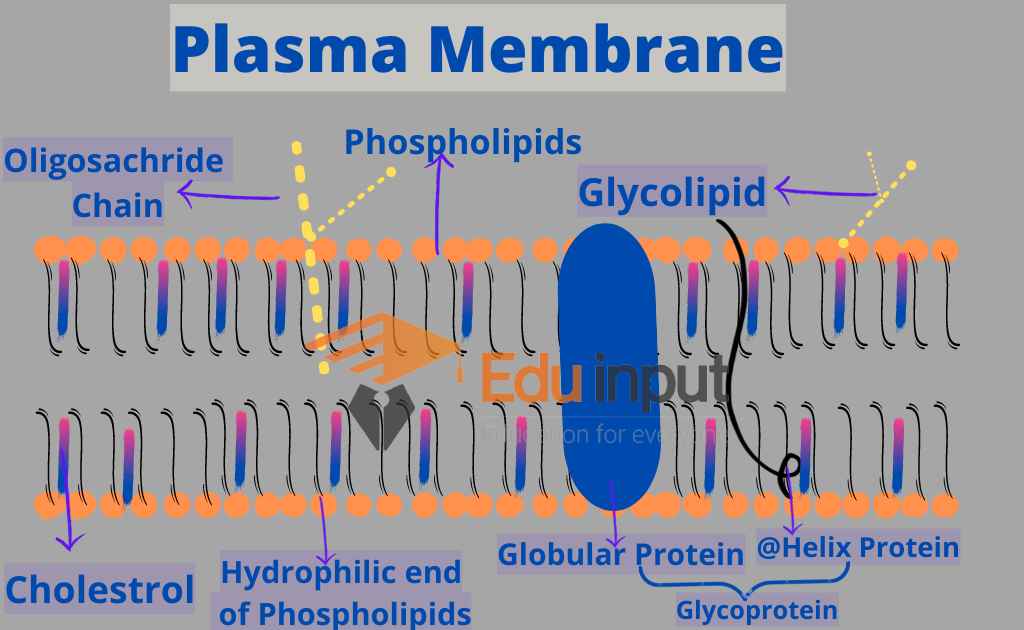
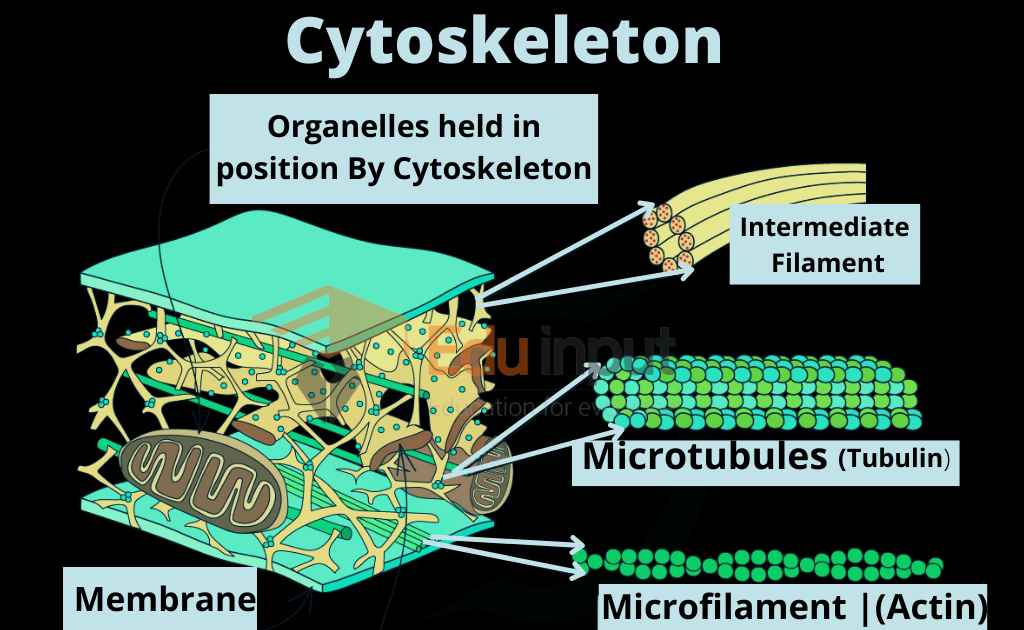
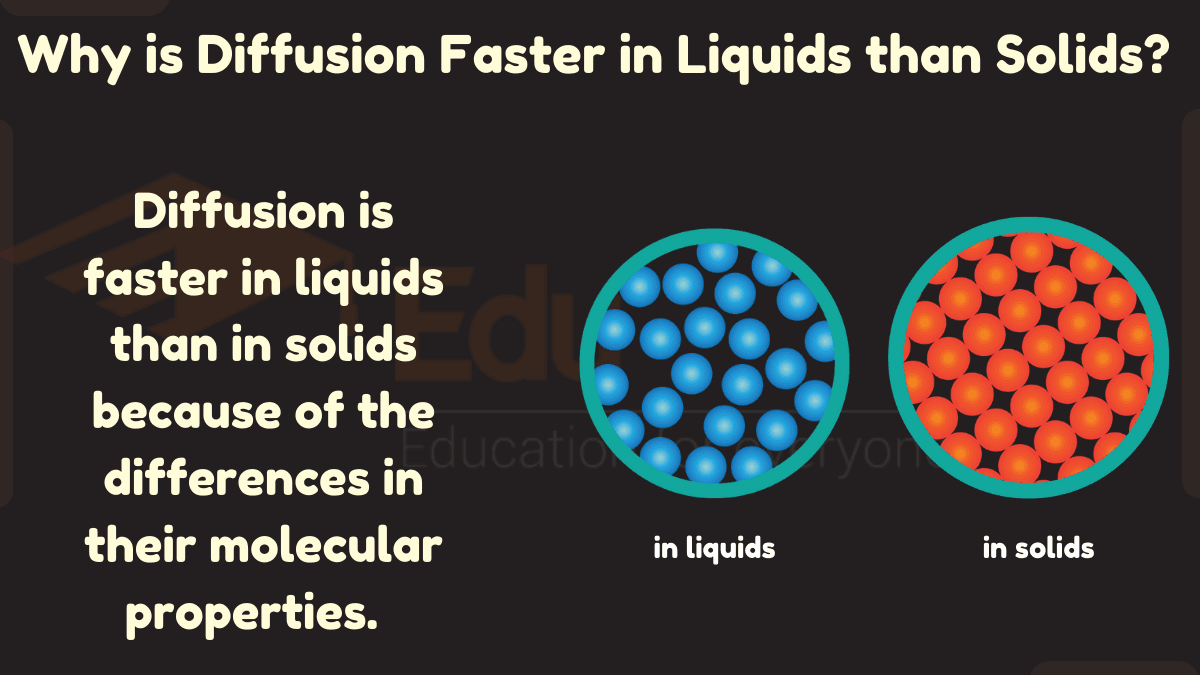


Leave a Reply